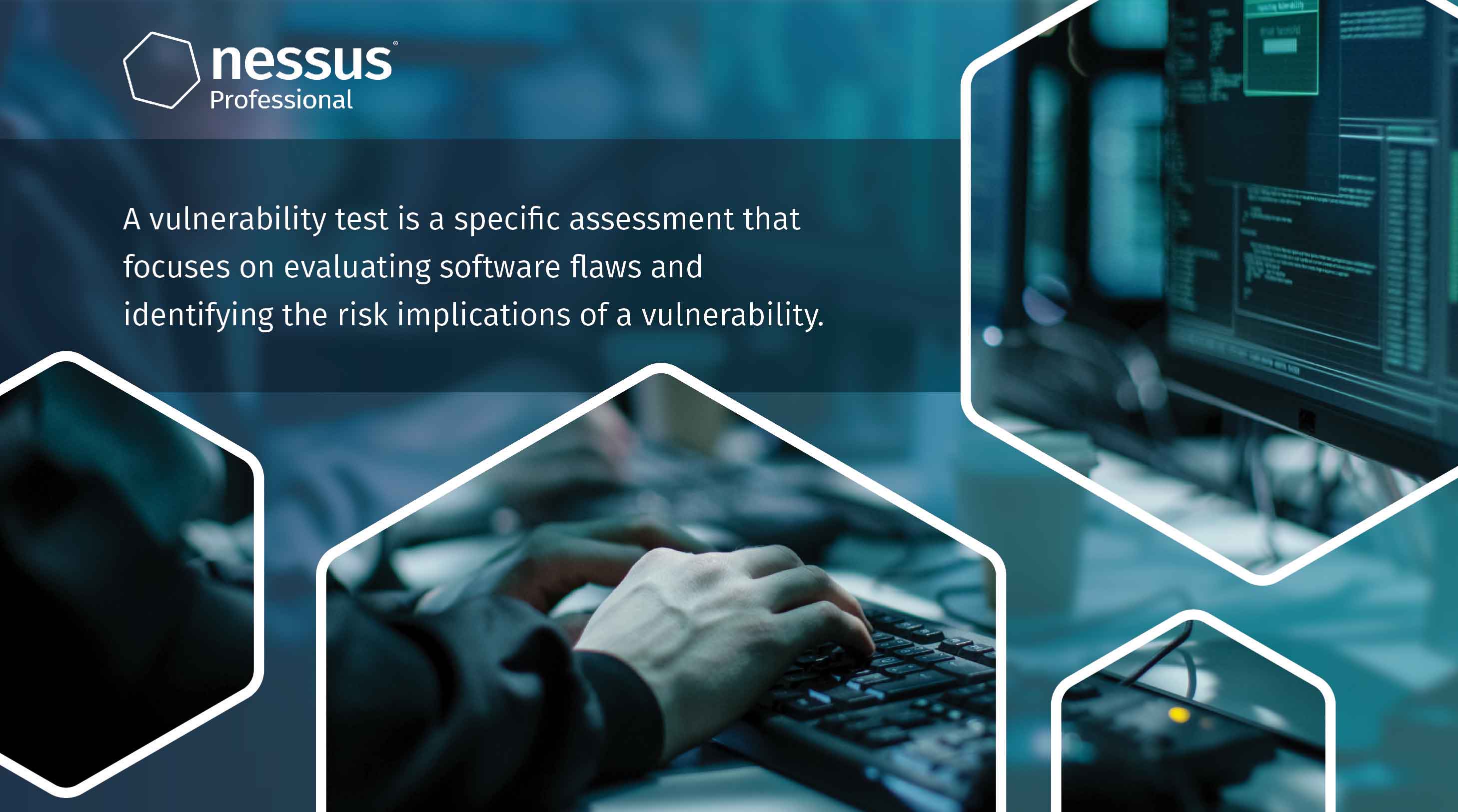How to Use Vulnerability Testing for Risk Assessment

Understanding when and how to use vulnerability scans effectively can help you take a proactive approach to risk assessment.
In this post, we’ll explore the role vulnerability testing plays within a larger risk assessment program.
Vulnerability testing is a type of risk assessment that looks for flaws in a network system, database, application or similar part of an IT configuration. Where standard penetration testing focuses on identifying points of weakness that need to be dealt with across an entire configuration, a vulnerability test is a more specific assessment that focuses on evaluating software flaws and identifying the risk implications of a vulnerability.

For example, a surface-level penetration test can identify that an application vulnerability could allow an attacker to gain a foothold into the network. A vulnerability test can then identify the scope of the vulnerability, the systems an attacker could access and the damages that could be done in the event of a breach. This makes it easier to determine how urgently you must work to patch the vulnerability and push that update out to users. That is, of course, for software, but the same process extends to vulnerability analysis on networks or databases.
Why is vulnerability scanning essential?
Performing a vulnerability scan on an application or network is critical due to the increased persistence and sophistication of cyberattacks. On one hand, attackers are getting smarter all the time, looking for weak points and attacking them strategically. They are also getting more efficient and sophisticated in how they target businesses and consumers.
What's more, increased complexity within IT configurations creates more attack vectors and security flaws for attackers to capitalize, both on the application and network layers.
Businesses must develop strategies to get ahead of the attackers. It isn't enough to wait on a breach to identify vulnerabilities and take action. Regular vulnerability assessments are essential in identifying weak points and getting ahead of problems before they escalate.
What does a vulnerability scan do?
A vulnerability scan assesses a network to identify vulnerabilities, including software flaws, missing patches, malware, and misconfigurations. Vulnerability assessment programs will take steps like:
- Analyzing metadata and configuration items throughout the IT setup to identify inconsistencies in the information. These data quality issues create risk by limiting visibility into assets and preventing IT teams from developing a proper understanding of their setup.
- Creating a comprehensive record of assets throughout the network, logging vulnerabilities in the configuration and monitoring unexpected changes to ensure constant visibility into potential weak points.
- Tracking data workflows within application environments to assess the command lines the app is running and the changes it is making to files in order to identify suspicious behavior and vulnerable code.
Modern vulnerability scanning isn't about performing an isolated one-time scan. It's a matter of constantly tracking the IT configuration to perform threat exposure analysis and identify gaps in the infosec strategies in place. In practice, a vulnerability scan is a visibility tool. It analyzes huge amounts of data, including lines of code, file commands and network configuration information to identify vulnerabilities. IT teams would likely be capable of identifying these vulnerabilities if they were looking at them – it's why many businesses got by with responsive, not proactive cybersecurity for so long – but the amount of data that businesses would have to parse through is far too great for manual analysis.
Vulnerability testing performs the data analysis legwork needed so your teams have the insights they need to identify threat exposure and take action to deal with weak points.
When are vulnerability tests most valuable?
Vulnerability testing is best used as an ongoing practice. Vulnerability scanning can position businesses to gain a deeper awareness of their cybersecurity weak points. Besides data breaches, some of the best catalysts for adopting vulnerability scans to create value potential are:
- Moving into DevOps: Creating stronger alignment between development and operations teams is, in most cases, followed quickly by an accelerated change and release cycle. Continuous integration is a common part of DevOps. The frequency of changes and releases in such settings can have a pronounced impact on risk exposure as new vulnerabilities emerge. Making vulnerability testing a key component of DevOps is key in keeping risk to manageable levels.
- Increasing cloud use: Branching out into hybrid and multicloud setups creates complexity and network vulnerability that requires stronger monitoring. Many businesses end up with blind spots in the cloud, something that vulnerability testing can help with.
These are just two examples that illustrate the growing importance of vulnerability testing tools. Any project in which IT teams are increasing configuration complexity can be a catalyst for getting serious about testing. While these examples may function as catalysts to invest in vulnerability scanning, the tools are essential for everyday cybersecurity operations. Don't neglect vulnerability assessments and find yourself with blind spots that limit your ability to protect your systems.
At Tenable, we can help you get as much value as possible from your vulnerability management efforts. Our tools bring next-generation visibility into IT configurations, helping businesses take a proactive approach to vulnerability testing as part of risk assessment. Get started today.
- Nessus
- Vulnerability Management
- Vulnerability Scanning
